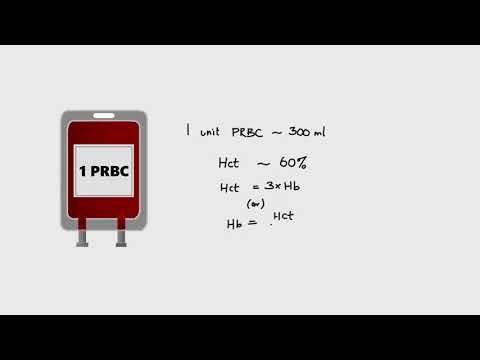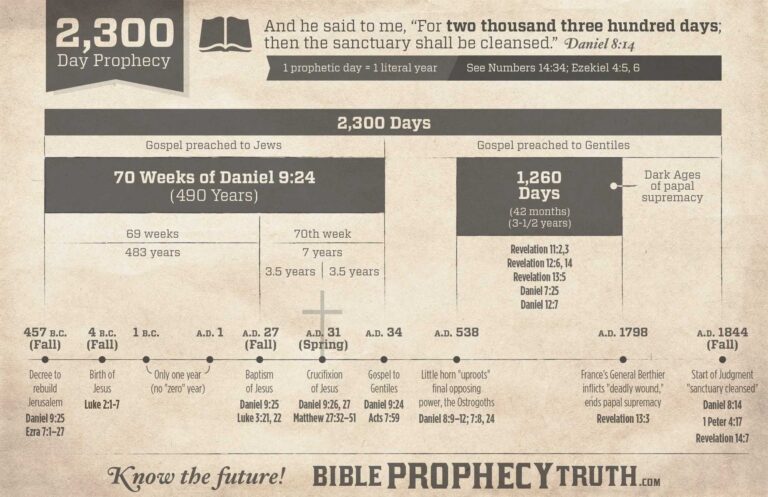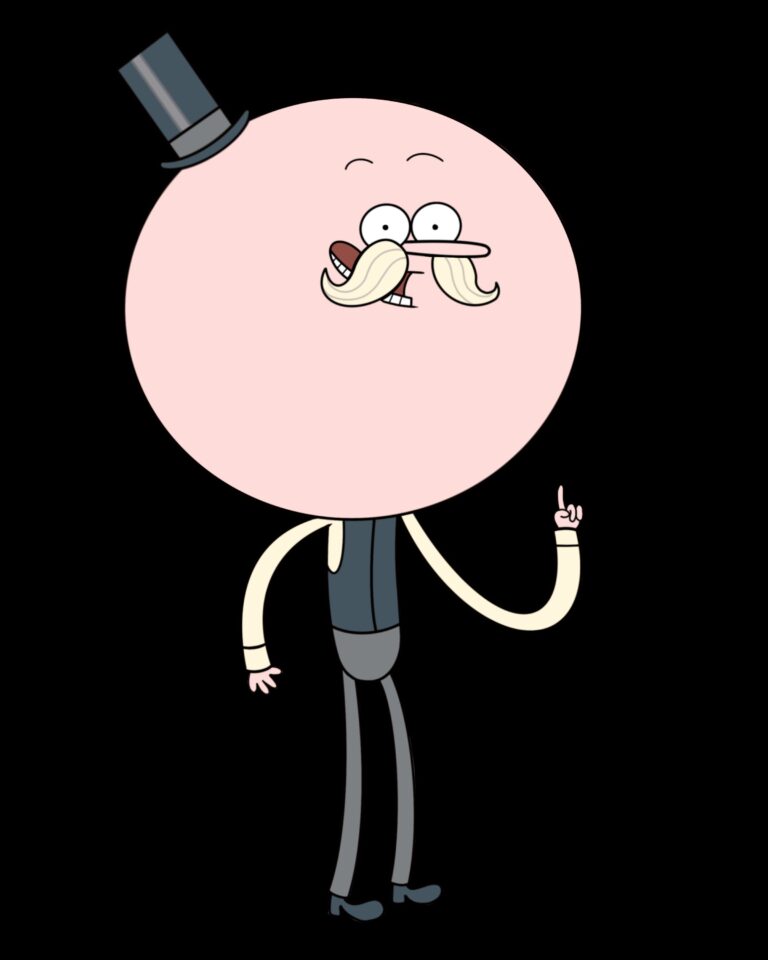1 unit is typically equivalent to 1 milliliter (ml). Confusion often arises when converting units to milliliters, especially in medical contexts. Understanding this simple conversion can make dosing medications or measuring liquids much easier. So, how do you ensure you’re getting it right? Let’s delve into the details of how 1 unit is equal to how many milliliters, and why clarity in these measurements is crucial for accuracy and safety.
Understanding “1 Unit” and its Equivalency in Milliliters
Welcome to our blog post where we delve into the world of measurements and conversions. Today, we are going to discuss a common question that many people have: “1 unit is how many ml?” Understanding the relationship between units and milliliters can be helpful in various aspects of daily life, from cooking to medicine. So, let’s get started!
What is a “Unit”?
Before we dive into the conversion to milliliters, let’s first understand what exactly a “unit” is. In general terms, a unit is a standard quantity used for measurement. It can vary depending on the context in which it is used. For example, in cooking, a unit could refer to a cup or a tablespoon, while in medicine, a unit could represent a dosage of a particular medication.
Defining Milliliters (ml)
Milliliters, often abbreviated as ml, are a unit of volume in the metric system. One milliliter is equal to one-thousandth of a liter. This measurement is commonly used for liquids such as water, milk, or juice. Understanding milliliters can help you accurately measure and pour liquids in recipes or when administering medication.
Converting “1 Unit” to Milliliters
Now, let’s tackle the main question: how many milliliters are in 1 unit? The answer to this question depends on the specific context in which the unit is being used. Different substances or products may have varying equivalencies when converting units to milliliters.
1. Cooking and Baking
In the realm of cooking and baking, the term “1 unit” can be a bit ambiguous because it depends on the ingredient being measured. For example, 1 unit of water is equivalent to 250 milliliters, while 1 unit of flour might be around 120 milliliters. It’s essential to refer to a specific recipe or a conversion chart for accurate measurements.
2. Medicine and Healthcare
When it comes to medicine and healthcare, “1 unit” typically refers to a specific dosage of a medication. The number of milliliters in 1 unit of medication can vary widely depending on the concentration and strength of the drug. It’s crucial to follow the instructions provided by healthcare professionals when administering medications to ensure the correct dosage.
Practical Examples of Unit to Milliliter Conversions
Let’s look at a few practical examples to illustrate how unit measurements can be converted to milliliters in different scenarios:
1. Example in Cooking:
If a recipe calls for 2 units of milk, and each unit is equivalent to 200 milliliters, then the total amount of milk needed would be 400 milliliters.
2. Example in Medicine:
For a particular medication where 1 unit is equal to 10 milliliters, if the prescribed dosage is 3 units, the total amount to be administered would be 30 milliliters.
Understanding the relationship between “1 unit” and milliliters can simplify various tasks, whether it’s cooking a delicious meal or ensuring accurate medication dosages. Remember to always double-check the specific conversions for different substances and seek professional advice when dealing with medications. We hope this article has shed some light on the topic and helped clarify any confusion surrounding unit to milliliter conversions. Happy measuring!
Thank you for reading!
basic metric conversion units are meters(for length)grams for mass or weight)and liters (for volume)
Frequently Asked Questions
How many milliliters are in 1 unit?
One unit can vary depending on what is being measured. In the context of liquid volume, 1 unit typically equals 1 milliliter (ml). This correlation is common in medical dosages, where 1 unit of insulin, for example, is equivalent to 1 milliliter.
Is there a standard conversion for 1 unit to milliliters?
While the conversion of 1 unit to milliliters is often straightforward, it is essential to check the specific measurement unit being used. In medical or pharmaceutical contexts, 1 unit is conventionally equivalent to 1 milliliter, but it can differ in other settings.
When measuring liquids, how can I convert units to milliliters?
To convert units to milliliters, you can typically assume that 1 unit is equal to 1 milliliter, especially in medical applications. However, it is always best to confirm the conversion rate and the specific measurement unit used in your particular scenario to ensure accuracy.
Final Thoughts
In conclusion, understanding the conversion of 1 unit to how many ml is crucial for accurate measurement in various fields. Whether in medicine, cooking, or chemistry, clarity on this conversion ensures precision in calculations and dosages. By knowing that 1 unit equals a specific amount of milliliters, professionals can confidently administer the correct quantities. This knowledge is a fundamental aspect of safe and effective practices across industries.






+ There are no comments
Add yours